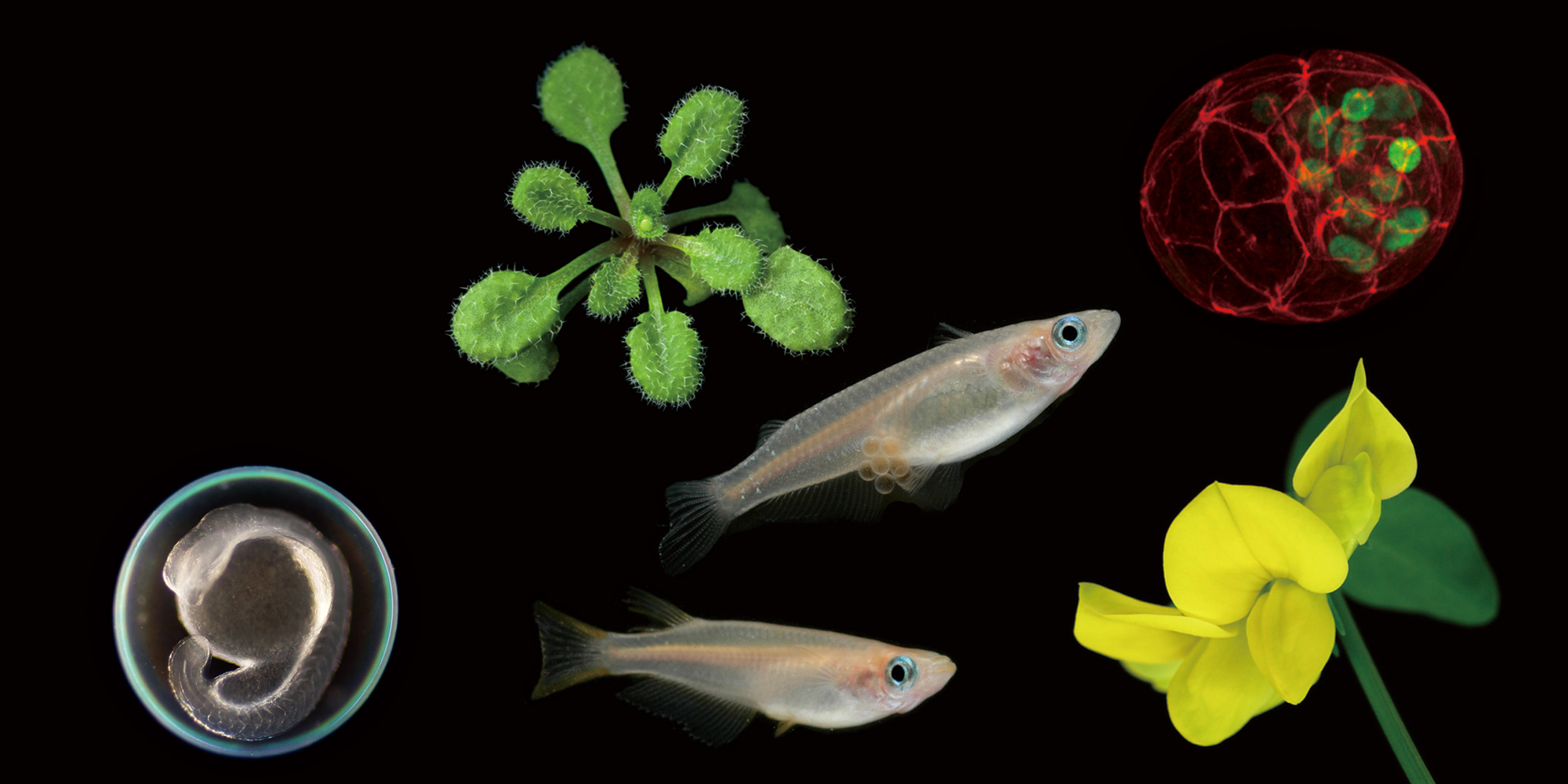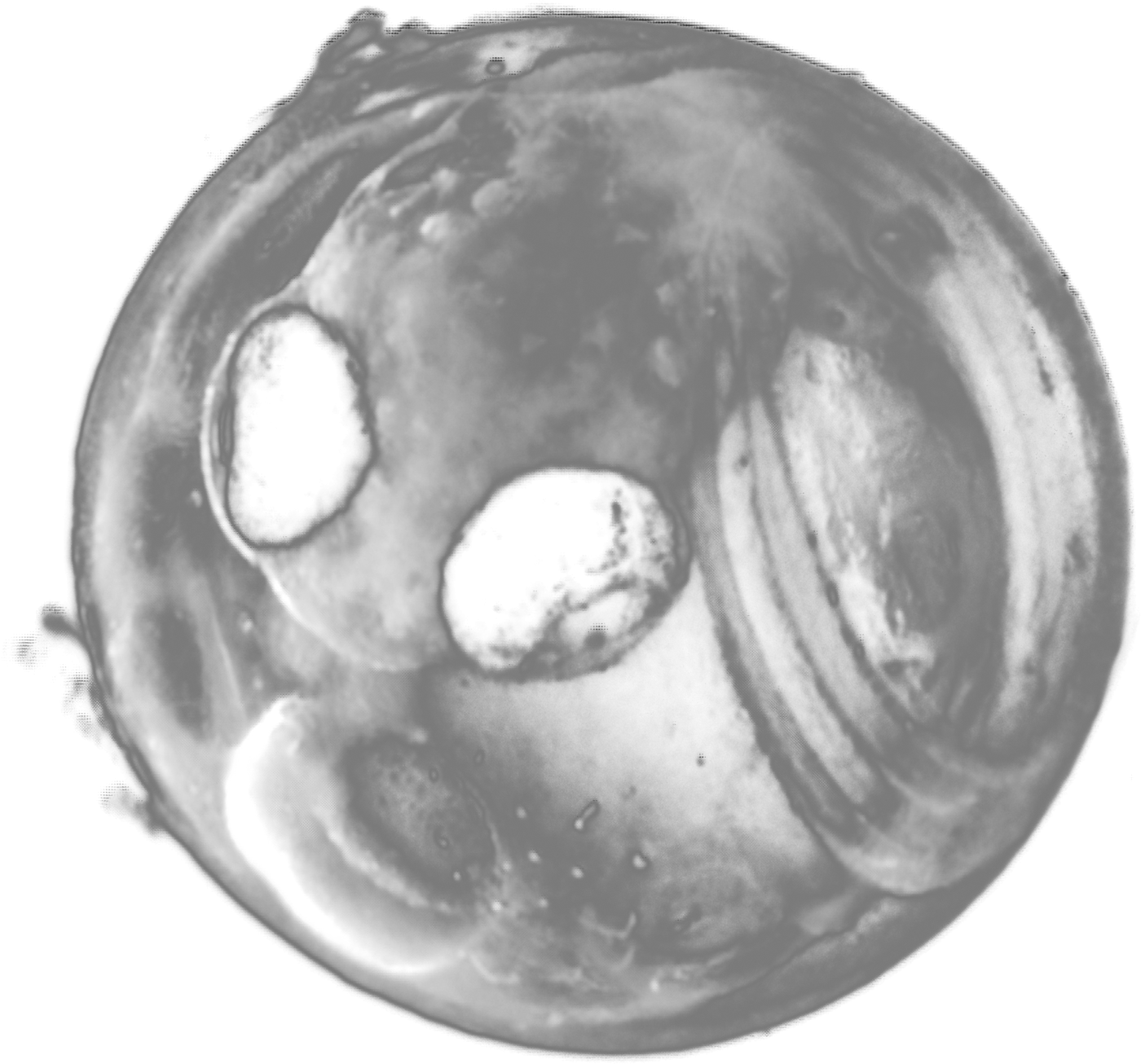2023.10.20
Local and systemic regulation of nodulation in Medicago truncatula
Prof. Florian Frugier (Institute of Plant Sciences, University Paris-Saclay)
2023. 10. 20 (Fri) 15:00 ~ 16:00
Conf. Room, Myodaiji (111-112)
Masayoshi KAWAGUCHI [Division of Symbiotic Systems] (7564)
Legume plants growing in mineral nitrogen (N) deficit develop a specific root organ in response to rhizobium symbiotic bacteria, the nitrogen-fixing nodule. Long distance (systemic) root-to-shoot-to-root regulatory pathways coordinate the number of nodules formed through signaling peptides perceived by Leucine-Rich Repeats Receptor-Like Kinases. In the Medicago truncatula model legume, C-TERMINALLY ENCODED PEPTIDEs (CEPs) are critical to allow root competence for nodulation when mineral N availability is limited, through the COMPACT ROOT ARCHITECTURE 2 (CRA2) receptor acting in shoots1-2. To optimize the number of nitrogen-fixing nodules depending on plant needs, another independent systemic pathway involving CLAVATA-LIKE (CLE) peptides and the SUPER NUMERIC NODULE (SUNN) receptor is additionally involved in shoots3-4. Furthermore, high levels of mineral N also activate this systemic CLE/SUNN pathway5. We showed that these positive and negative systemic pathways are dynamically coordinated 1) in roots by the action of cytokinin hormones acting through the CYTOKININ RESPONSE 1 (CRE1) receptor and the NODULE INCEPTION (NIN transcription factor), leading to the regulation of the production of specific CLE and CEP signaling peptides6-7; and 2) in shoots downstream of the CRA2 and SUNN receptor by regulating antagonistically the production of the miR2111 shoot-to-root systemic effector promoting nodulation5,8. The NIN-LIKE PROTEIN 1 (NLP1) transcription factor also contributes to the coordinated regulation of specific CLE and CEP peptides depending on N availability5,9. Currently, we are interested in 1) integrating other environmental factors modulating the CEP/CRA2 systemic pathway, as well as identifying additional targets of this pathway than symbiotic nodulation, and 2) deciphering at the cell-type specific level how local hormonal signaling pathways impact the CEP/CRA2 systemic pathway to modulate nodule formation. Progress on the analysis of some of these symbiotic regulations will be reported.
References
1. Gautrat et al. (2021). Trends Plant Sci., 26:392-406.
2. Mohd-Radzman et al. (2016). Plant Physiol., 171:2536-48.
3. Gautrat et al. (2019). J. Exp. Bot., 70:1407–1417.
4. Laffont et al. (2019). Plant Physiol., 180:559–570.
5. Moreau et al. (2021). Plant Physiol., 185:1216-1228.
6. Laffont et al. (2020). Nat Commun., 11:3167.
7. Ivanovici et al. (2023). Plant Physiol., 191(3):2012–2026.
8. Gautrat et al. (2020). Curr. Biol., 30:1339-1345.
9. Luo et al. (2021). New Phytol., 234:1547–1552.







